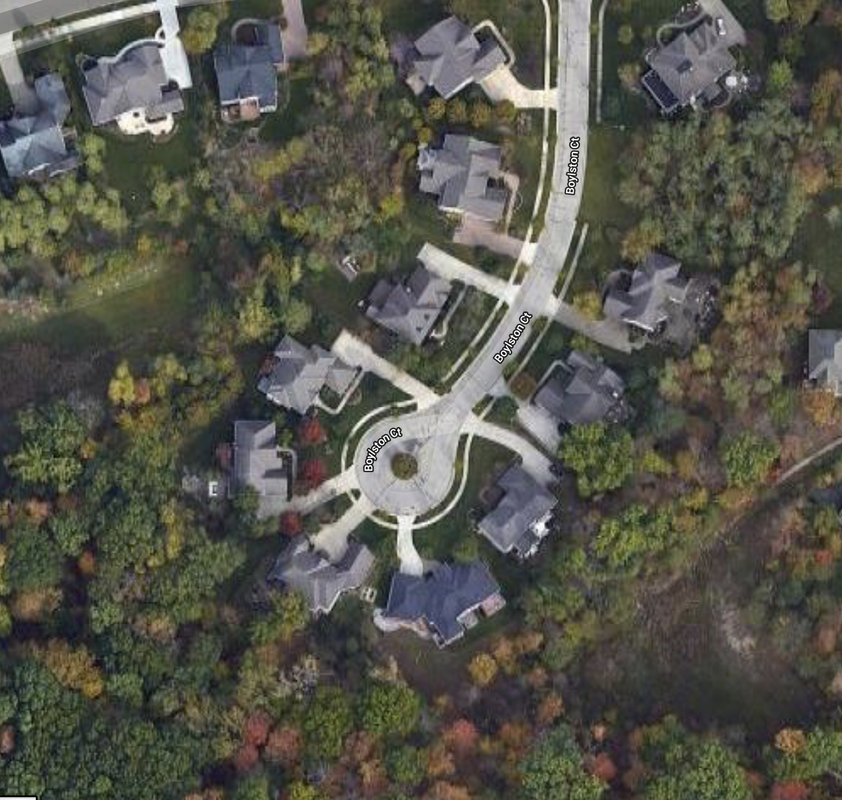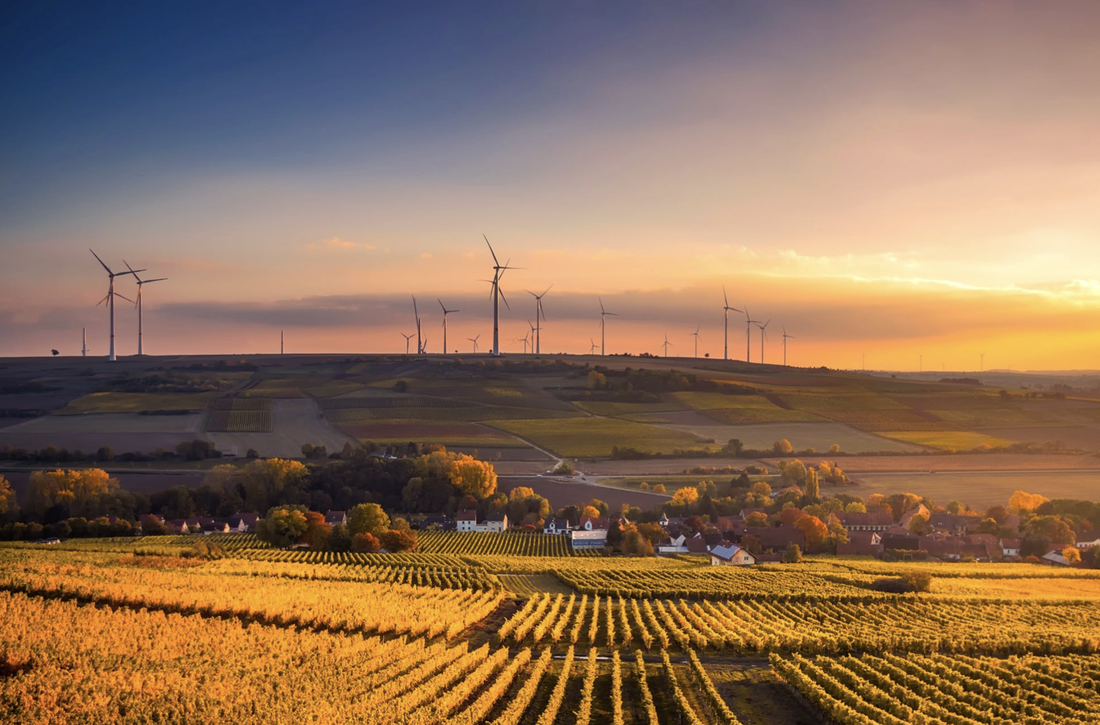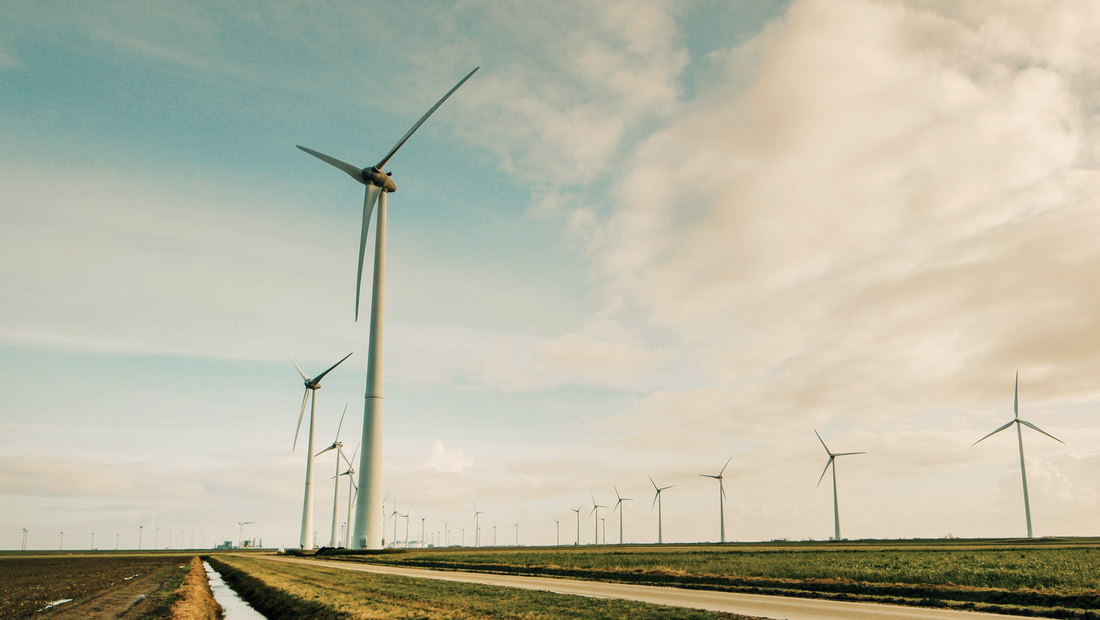Okay, so it did make us laugh initially, but then it sort of makes a taxpayer angry that the federal government wasted a bunch of money paying a contractor to compile this "report." I'm talking about the U.S. DOE Energy Information Administration's "new" report entitled "Assessing HVDC Transmission for Impacts of Non-Dispatchable Generation." The report is dated June, 2018. Page down a bit and you'll see the actual "report" is a product of ICF dated March 2018. It took the EIA 3 months to add a cover page and summary and "publish" this garbage? Well, that's efficient. Not.
ICF describes itself as:
ICF is a global consulting services company with over 5,000 specialized experts, but we are not your typical consultants. At ICF, business analysts and policy specialists work together with digital strategists, data scientists and creatives. We combine unmatched industry expertise with cutting-edge engagement capabilities to help organizations solve their most complex challenges. Since 1969, public and private sector clients have worked with ICF to navigate change and shape the future.
And now I'm going to tell you why.
This "report" provides a "case study" on the Plains & Eastern Clean Line, and opines:
Of all the projects in the region, we feel that most promising is the Clean Line HVDC Project. The Plains & Eastern Clean Line is an approximately 700‐mile DC transmission line that will deliver wind energy from the Oklahoma‐Texas Panhandle region to utilities and customers in the Mid‐South (MISO) and southeastern United States (TVA). The project also involves the construction of AC collector systems to collect and transport the energy generated by wind farms in the “wind alley” region of SPP. The project received DOE approval in early 2016 and construction commenced in late 2017 (Clean Line Energy Partners 2017b).
BECAUSE IT'S SIMPLY NOT TRUE!
Considering the inaccuracy of ICF's reporting on its star project, how accurate do you think the rest of the information in this report is? I think it's suspect, and that's being generous.
This report blathers on and on saying stuff like most renewables are located far from load centers, that there are unnamed areas "with strong demand" for renewables, and that the only issues with a new HVDC transmission network are financial and technical. Well, now that we've uncovered the fact that Clean Line failed, no, I mean FAILED, perhaps ICF's next report should take a look at why.
Clean Line failed because it could not find any customers. There were no customers "with strong demand" for imported renewables from Oklahoma. That's because there are more cost effective renewables available to urban areas on the coasts. It's simply not true that all the renewables in the U.S. are concentrated in Midwest. Better renewables lie just offshore, less than 50 miles from coastal population centers "with a strong demand" for renewables. ICF's conclusions are based on blind myth. The coastal population centers do not want to SEE offshore renewables, therefore they don't exist. All renewables must come from someone else's backyard, somewhere off in wilderness of red states where nobody lives. Except people DO live there. That's where your food comes from. And the job of growing your food cannot continue in the middle of an industrial energy plant. The people who live in Clean Line's formerly proposed rights-of-way objected to having their lives and productivity impeded with an aerial HVDC transmission line. And they fought hard... a Herculean effort of time and expense, just to protect what was theirs from the taking of a for-profit merchant transmission company with grandiose plans to build transmission that nobody would ever use. And they won, in the regulatory realm and in the courts. Clean Line gave up and sold parts of its projects to others because it could not build them.
The human factor needs to be examined before our government wastes anymore time on useless reports about whether HVDC is technically or financially feasible. The fact is that NOBODY wants a high voltage transmission line on their property. This fact is compounded when the proposed transmission line is for the express purpose of supplying "cheap" or "clean" electricity for people thousands of miles away who not only don't acknowledge the sacrifice to be made, but openly mock and belittle the ones proposed to make this sacrifice. Regulators recognize this and they are hard-pressed to approve new transmission that merely "flies over" their states and provides no local benefit. A nationwide HVDC network will never happen and this is why.
The EIA states its purpose as:
The U.S. Energy Information Administration (EIA) collects, analyzes, and disseminates independent and impartial energy information to promote sound policymaking, efficient markets, and public understanding of energy and its interaction with the economy and the environment.
And there's probably not a whole lot the federal government can do about this, but Clean Line needs to update its website, remove all the outdated misinformation contained there, and tell the truth for once. Clean Line is simply pretending at this point, and they're living a lie.




 RSS Feed
RSS Feed